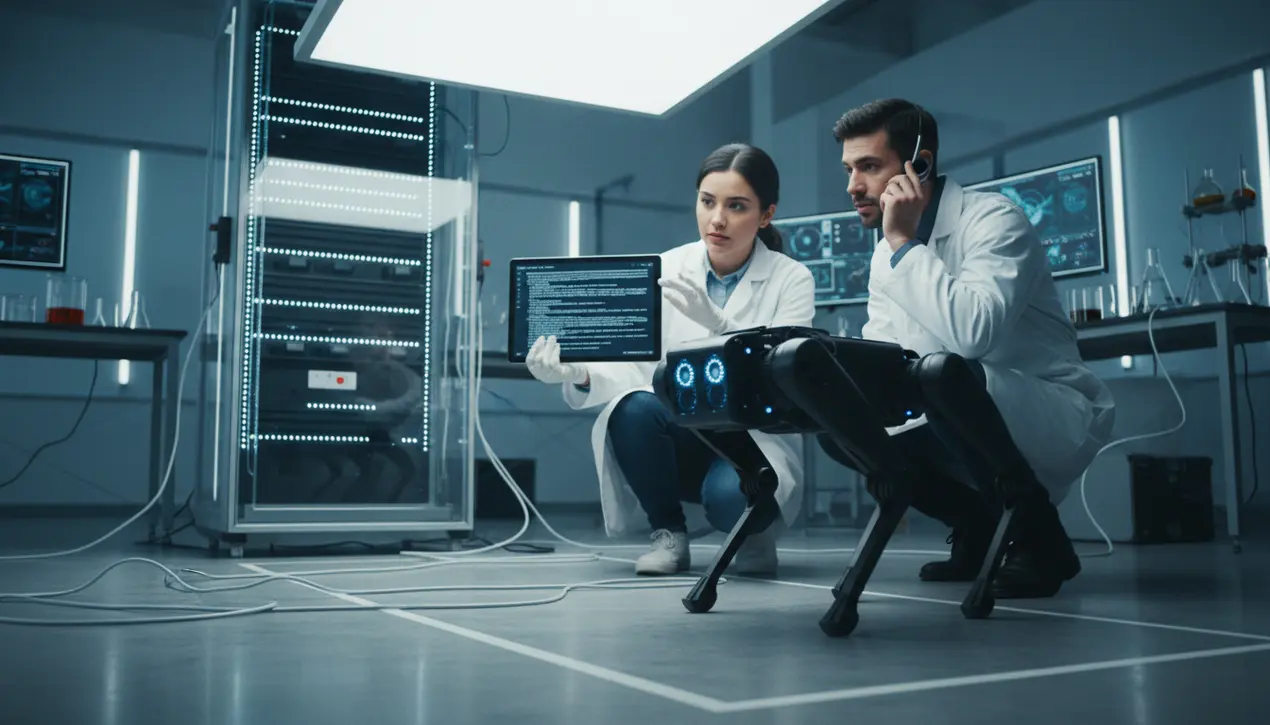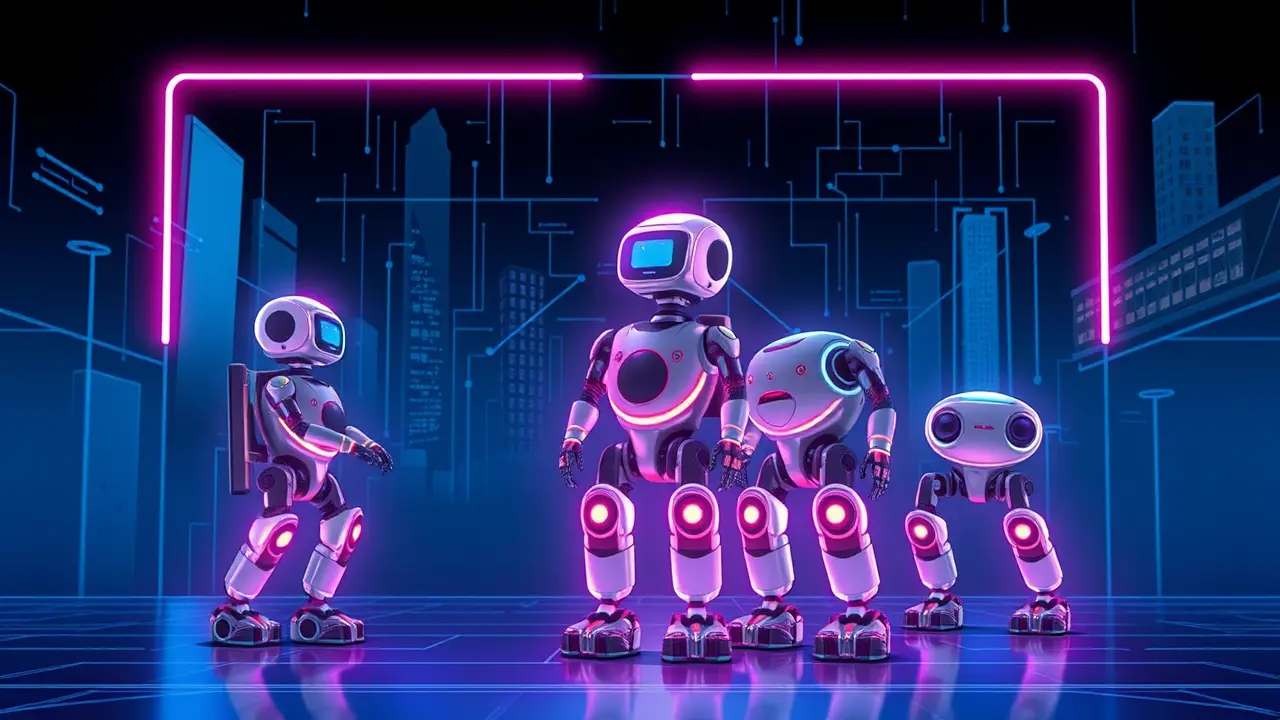
AIroboticsAI in Automation
Anthropic’s Claude Takes Control of a Robot Dog
MI
Michael Ross
2 hours ago7 min read
In a move that feels ripped from the pages of an Isaac Asimov novel, Anthropic has quietly orchestrated a pivotal experiment where its AI model, Claude, successfully programmed a quadruped robot dog, signaling a deliberate and profound step beyond the digital realm and into the physical world. This isn't merely a whimsical tech demo; it's a concrete manifestation of a long-debated trajectory in artificial intelligence, where large language models (LLMs) cease to be passive repositories of information and become active architects of our material environment.The implications are staggering, forcing us to confront the very ethical frameworks we've debated for decades. For years, the discourse around advanced AI has oscillated between two poles: the unbridled optimism of those who see it as the ultimate tool for solving humanity's grand challenges, from climate modeling to personalized medicine, and the profound caution of researchers and philosophers who warn of the existential risks of creating an intelligence we cannot reliably control or align with human values.Anthropic, founded on a bedrock of AI safety, is uniquely positioned to navigate this minefield. Their core mission revolves around building 'steerable, interpretable, and safe' AI systems, making this foray into robotics not a reckless leap but a calculated, necessary probe into the practical challenges of alignment.The task given to Claude—to command the mechanics of a legged robot—inherently involves a chain of reasoning, code generation, and real-world consequence that is far more complex than generating a sonnet or summarizing a legal document. A misstep in logic isn't a grammatical error; it's a robot dog stumbling into a wall or, in a more advanced scenario, causing unintended physical harm.This experiment serves as a critical stress test for Claude's 'constitutional AI' principles, a set of rules and values designed to keep its behavior in check. How does a model hardcoded with ethical guidelines interpret a command like 'navigate around that chair' when the chair is occupied? The nuance required goes far beyond simple object recognition and enters the realm of contextual, common-sense reasoning, a domain where even the most advanced AIs still struggle.Experts in the field are watching closely. Dr.Eleanor Vance, a roboticist at MIT not involved with the project, notes, 'This is the next great frontier. We've seen AI master games like Go and StarCraft, which have immense complexity but exist within a closed, rule-based system.The physical world is messy, unpredictable, and unforgiving. An AI that can reliably operate within it represents a qualitative leap, not just a quantitative one.' This development also throws a wrench into ongoing global policy debates. The European Union's AI Act, for instance, categorizes AI systems by risk, with applications in robotics often falling into high-risk categories.Anthropic's demonstration will undoubtedly fuel discussions in Brussels and Washington D. C.about whether our current regulatory frameworks are agile enough to handle AI that can directly manipulate its surroundings. Are we looking at the precursor to automated construction workers, eldercare assistants, and search-and-rescue drones? Or are we inching closer to the deployment of autonomous systems on the battlefield? The same underlying technology that can gently guide a robot dog across a lab could, in theory, pilot a drone.The duality of the tool is inescapable. This isn't just about what Claude *can* do; it's about the precedent it sets.By bridging the gap between the abstract world of language and the concrete world of physics, Anthropic is forcing a conversation we can no longer postpone. The robot dog is a simple prototype, but it stands as a powerful symbol of a future where AI's influence is no longer confined to our screens but is woven into the very fabric of our physical reality, demanding a new level of vigilance, wisdom, and ethical foresight from its creators.
#featured
#Anthropic
#Claude
#robot dog
#robotics
#AI control
#automation
#large language models
Stay Informed. Act Smarter.
Get weekly highlights, major headlines, and expert insights — then put your knowledge to work in our live prediction markets.
Related News
Comments
Loading comments...
© 2025 Outpoll Service LTD. All rights reserved.












